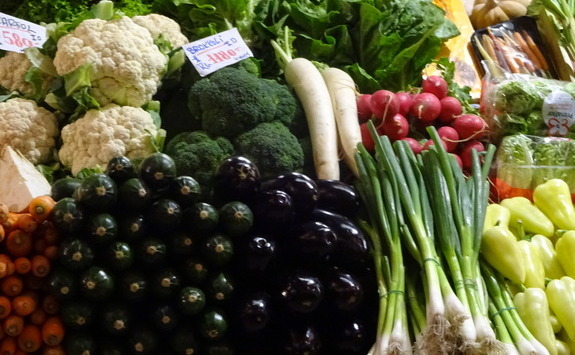Four ways to reduce the carbon in your food basket (The Conversation)
How does your food shop affect the planet?
8 January 2020
It can help people better understand how the things we use every day affect the world around us. With that in mind, here are four simple rules to help you reduce the carbon footprint of your food basket during your next shopping trip.
Dr Luca Panzone and Natasha Auch share four simple rules to help consumers reduce the carbon footprint of their food basket during the next shopping trip.

